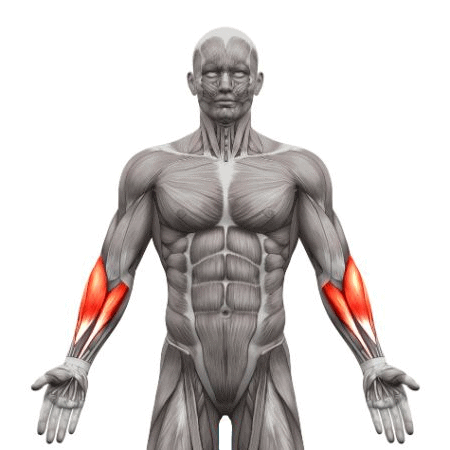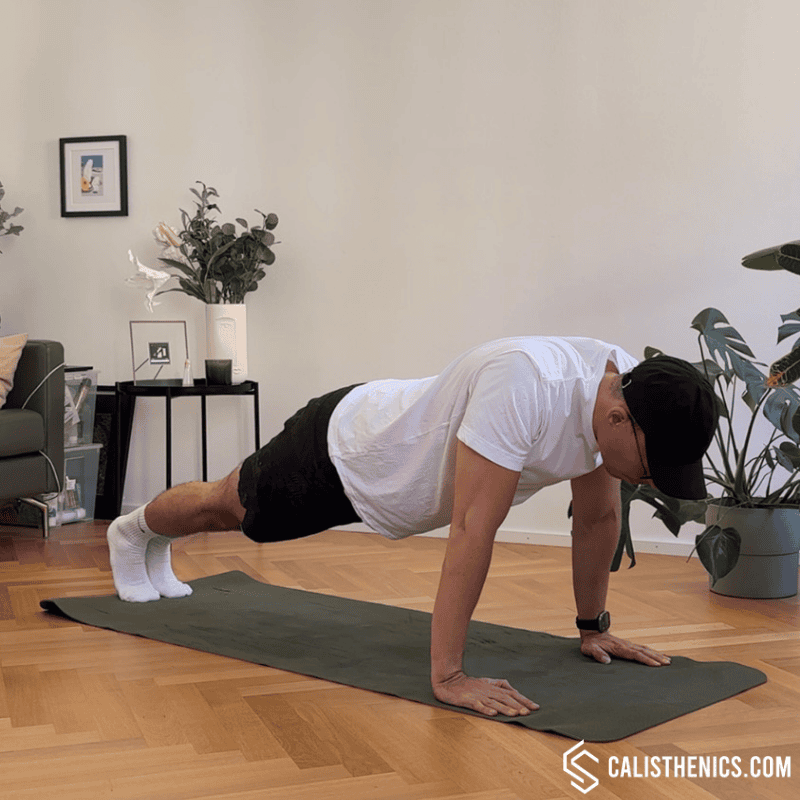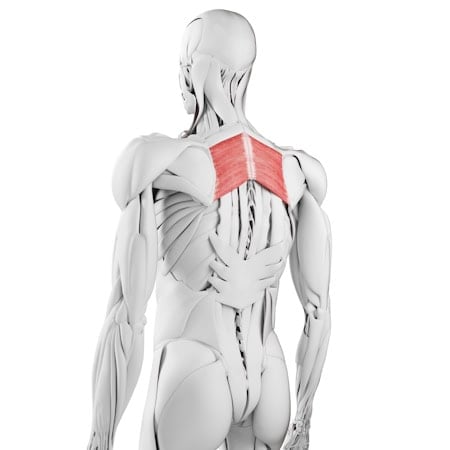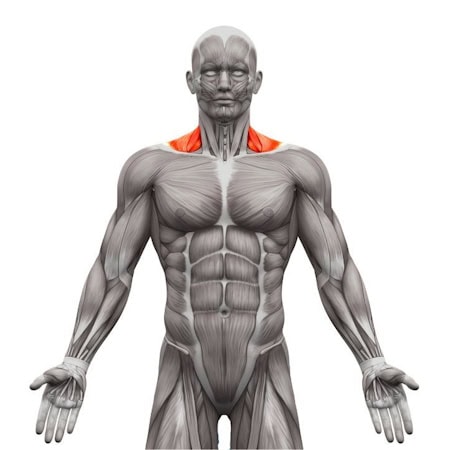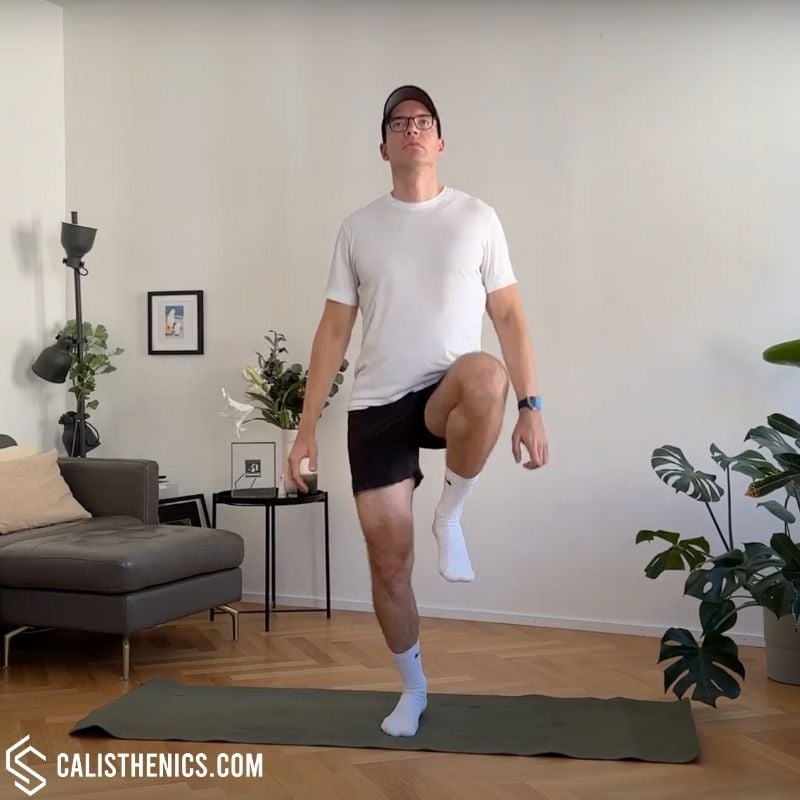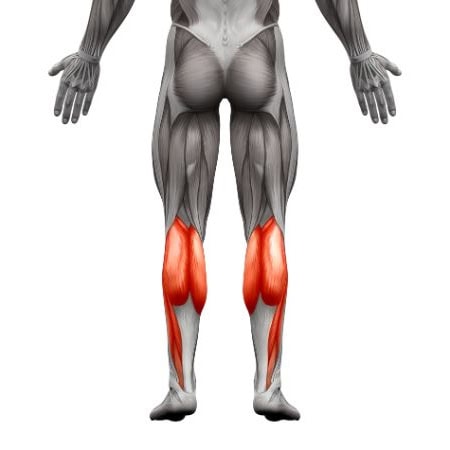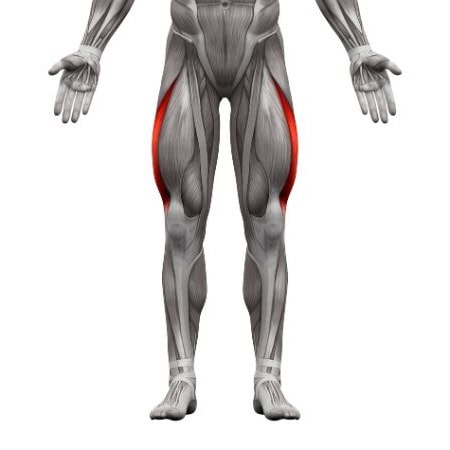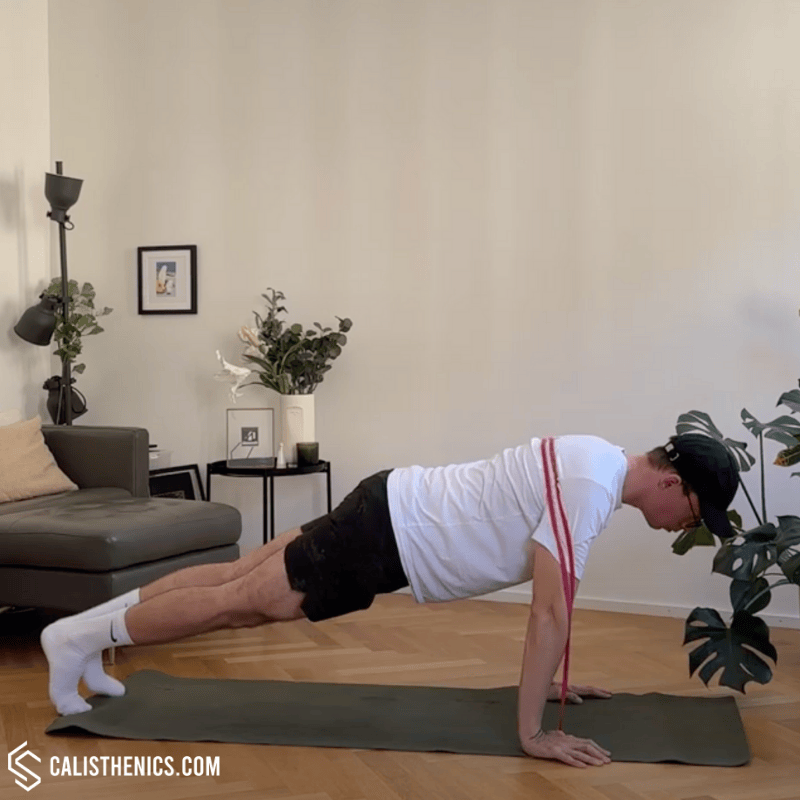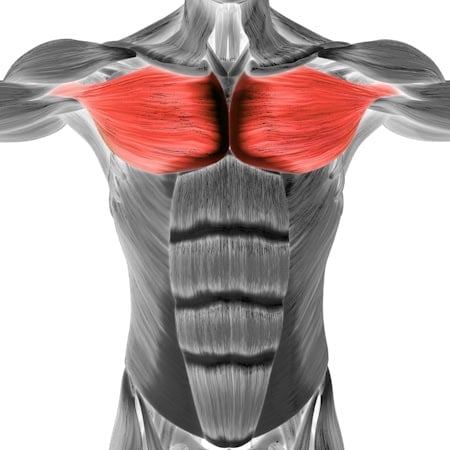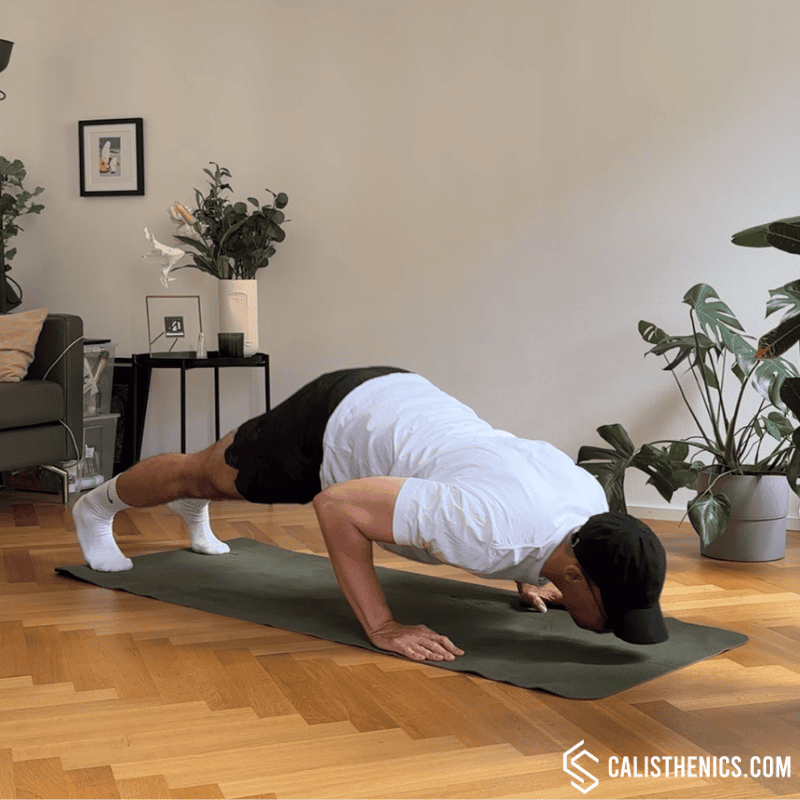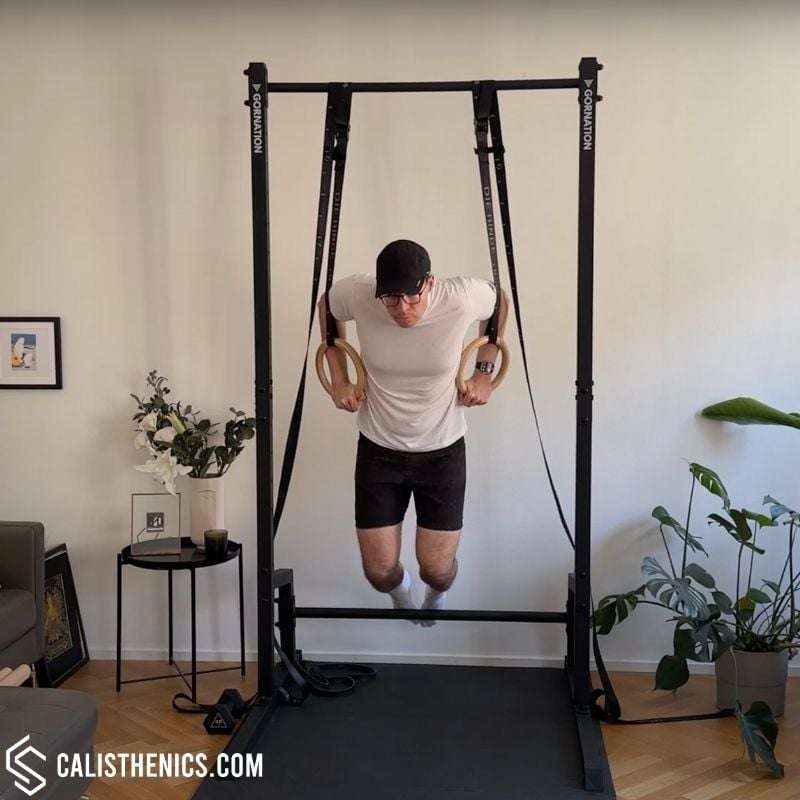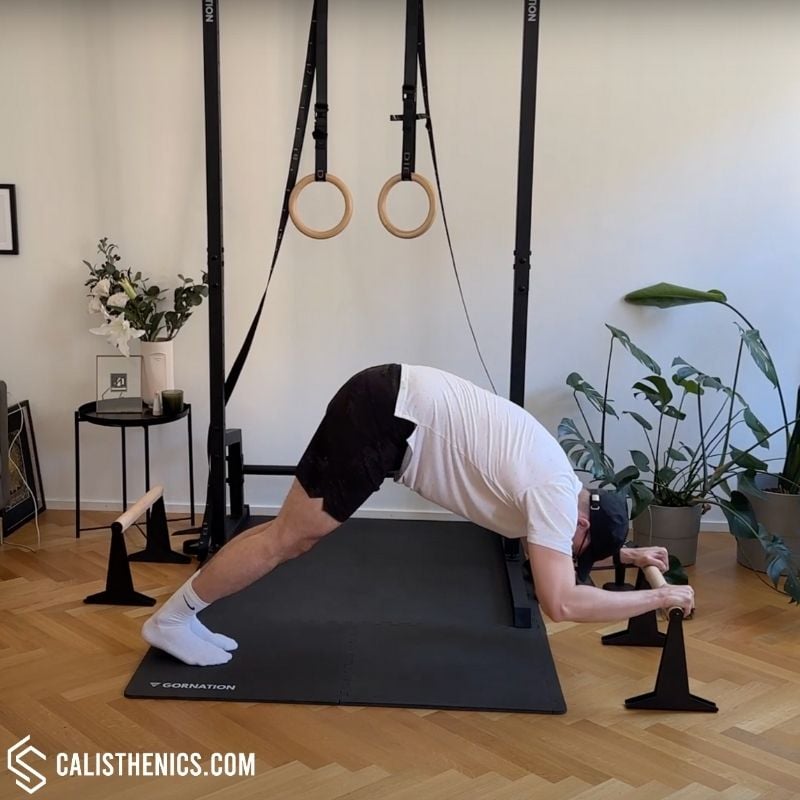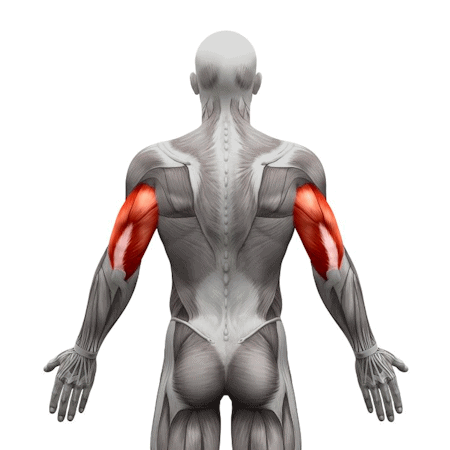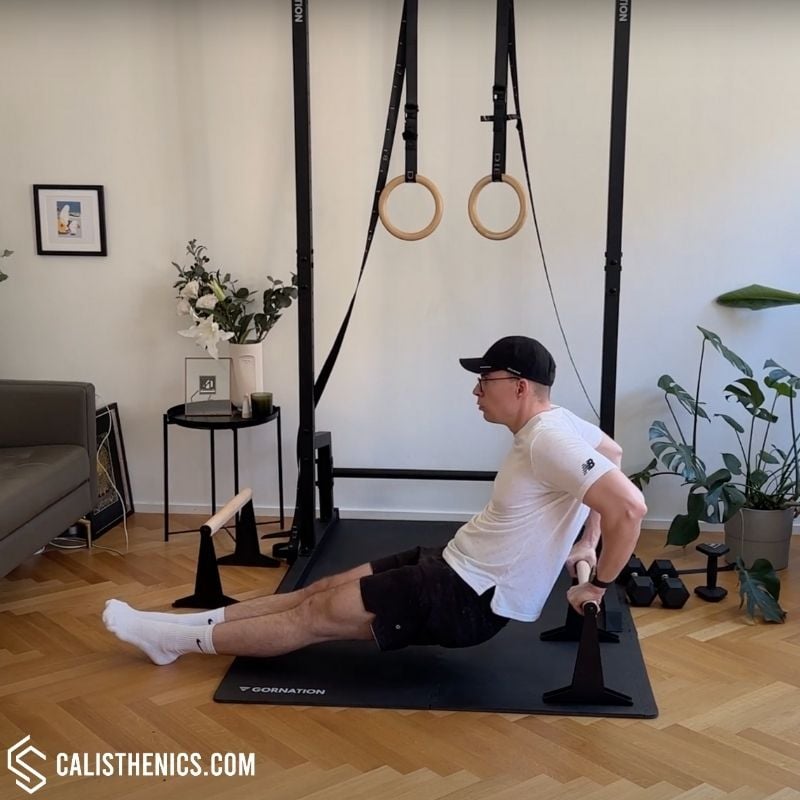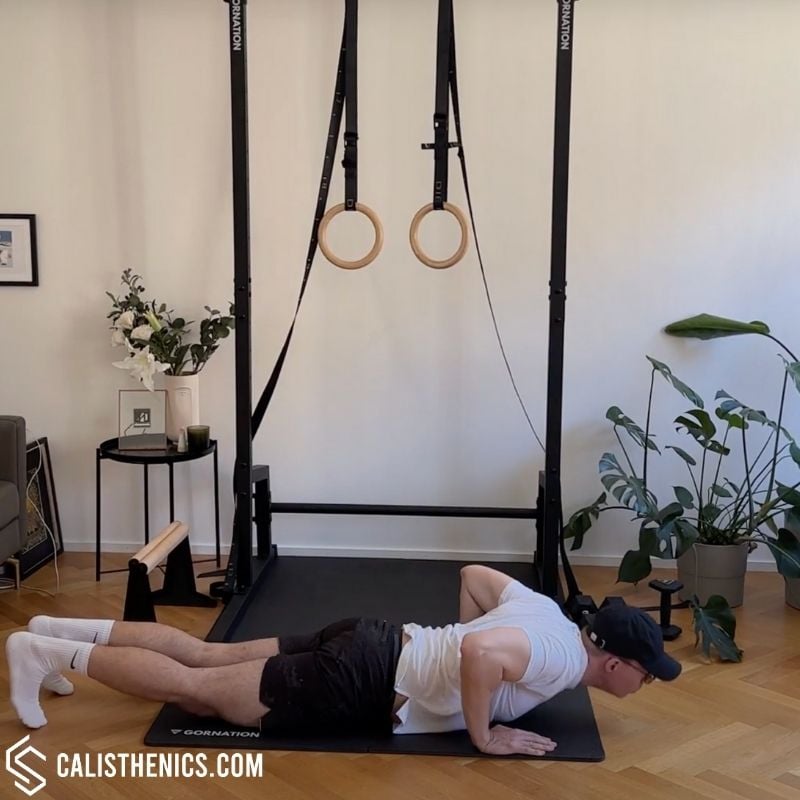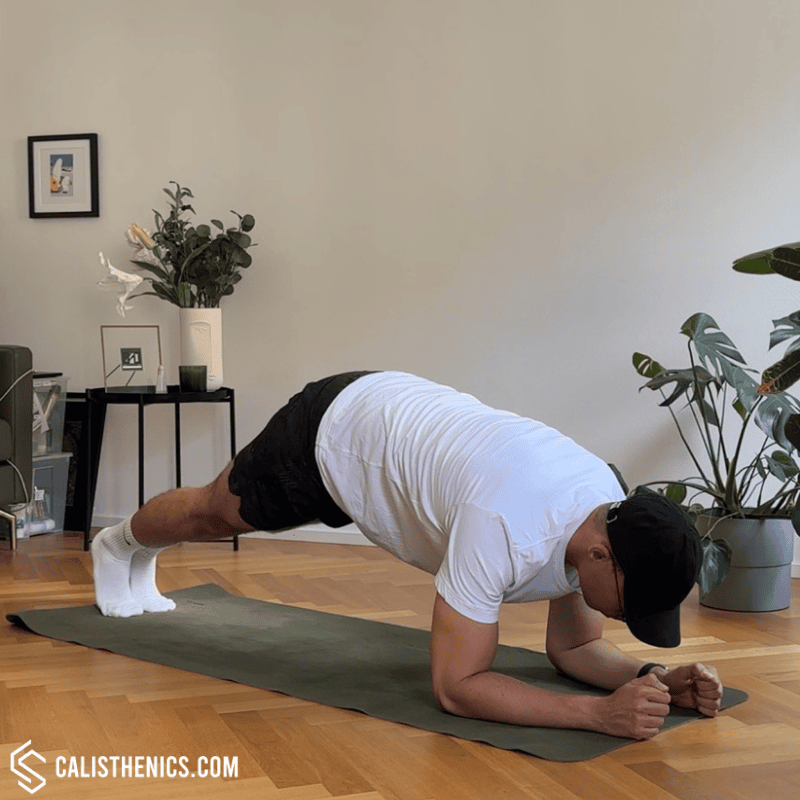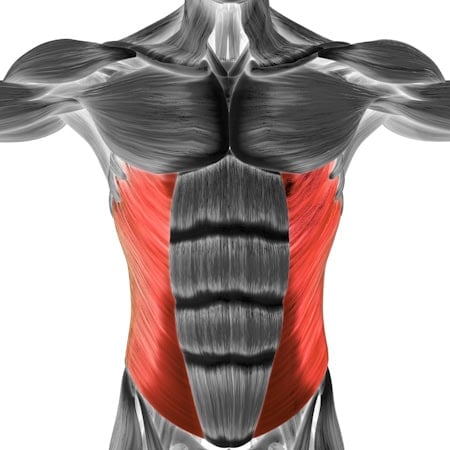Push 20: Chest and Triceps Workout with Burpees and Plank HIIT
🎯 Workout Description:
This workout combines assisted dips, a challenging horizontal press, and two triceps finishers to build your lockout strength. You’ll be training the full press path, from the bottom up to that final elbow extension. This is a high-volume workout—use it to test your strength endurance.
👤 Who It’s For:
Athletes comfortable with assisted dips and isometric holds. You’ll need moderate triceps endurance.
🧰 🧰 Equipment Needed:
Warm-Up
Goal: Activate chest, triceps, and posterior shoulders.
Format:
-
Wrist warm-up routine – 1 round
-
2 rounds (superset format):
-
10 Scapula Push-Ups
-
20 sec High Knees
-

Muscle group:
Tips
-
Perform this routine before every handstand or push workout.
-
Use a soft mat or towel if your wrists are sensitive to hard surfaces.
-
Pair with scapular and shoulder prep for a complete upper-body warm-up.
-
Spread your fingers during each drill to distribute load.
-
Gradually increase range and pressure over weeks, not in one session.
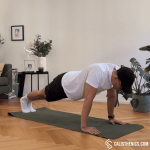
Tips
-
Focus on Shoulder Blade Movement: The goal of this exercise is to isolate the movement of the scapula. Ensure your elbows remain locked and focus on squeezing and spreading your shoulder blades.
-
Core Engagement: Keep your core and glutes engaged to maintain proper body alignment and avoid unwanted movement in the hips or lower back.
-
Controlled Movements: Perform the exercise slowly and with control to fully engage the muscles of the shoulder girdle and prevent injury.
-
Breathing: Inhale as you retract your scapula (lowering your chest) and exhale as you protract your scapula (pushing through your hands and rounding your back).
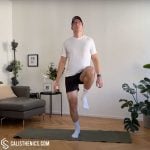
Tips
-
Keep your core tight to stabilize your spine and prevent over-rotation.
-
Pump your arms naturally—elbows bent and driving in sync with your legs.
-
Look straight ahead rather than down to keep posture aligned.
-
Use a metronome or playlist with a steady beat to maintain tempo.
-
Start slow to warm up and ramp up intensity gradually.
-
Train barefoot or in minimalist shoes (on soft flooring) to improve foot strength and awareness.
Strength
Goal: Build pushing strength across horizontal and vertical planes, then isolate the triceps to improve lockout power.
Structure:
-
Superset A (3 rounds): A1 + A2, rest 90 sec
-
Set B (2 rounds): Dip progression
-
Set C (1 round): Bonus triceps set
→ Rest 60–90 sec between all rounds
🟦 Superset A:
-
A1: Resistance Band Push-Ups – 6–8 reps
-
A2: Dive Bomber Push-Ups – 5 reps
🟩 Set B:
-
Feet-Assisted Dips (Rings or Dip Bars) – 2 sets of 7–8 reps
🟨 Set C (Bonus – Triceps Combo):
-
Triceps Extensions on Parallettes – 8–10 reps
-
Bench Dips – Max reps (aim for 12–15)
Push hard here—your triceps are what finishes each dip rep. Lock out cleanly, no flaring elbows.
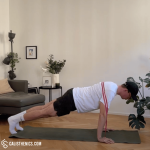
Muscle group:
Tips
-
Position the Band Securely: Make sure the band is positioned across your upper back, so it won’t slip or move during the exercise.
-
Engage the Core: Keep your core tight to prevent your hips from sagging, which maintains a straight body line.
-
Controlled Movements: Perform the exercise slowly and with control, especially when lowering your body to the ground.
-
Avoid Flaring Elbows: Keep your elbows at a 45-degree angle to your body to protect your shoulders and engage the chest effectively.
-
Breathing: Inhale as you lower down, and exhale as you press back up, maintaining a steady rhythm and focus.
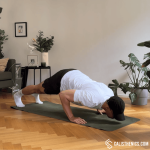
Muscle groups:
Tips
-
Smooth Transitions: Focus on making the transition from the downward dog to upward dog and back as smooth as possible. Avoid jerky movements.
-
Elbow Positioning: Keep your elbows close to your body during the descent to engage the triceps and protect the shoulders from strain.
-
Core Engagement: Keep your core tight throughout the movement to protect your lower back and maintain proper form.
-
Breathing Control: Inhale as you sweep your body down and forward, and exhale as you push back into the downward dog position.
-
Flexibility: Work on flexibility, especially in the shoulders, chest, and hips, as the movement requires a good range of motion in these areas.
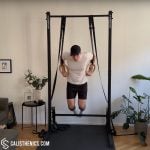
Muscle group:
Tips
-
Use Minimal Leg Assistance: The goal is to train your upper body, not rely too much on your legs.
-
Maintain a Hollow Body Position: Keep your core engaged and legs slightly in front of you for better control.
-
Move Slowly and Deliberately: 3-4 second descents and 1-2 second pauses at the bottom increase strength gains.
-
Keep the Rings Close to Your Body: This helps with stability and prevents excessive shoulder strain.
-
Practice Static Holds: Holding at the bottom or top position improves control and endurance.
-
Gradually Reduce Assistance: Over time, decrease the weight you place on your feet to transition toward strict dips.
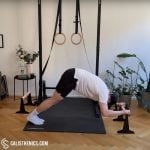
Muscle group:
Tips
-
Keep elbows in a fixed position—only the forearms should move.
-
Start with partial range of motion if full reps feel too difficult.
-
Engage your abs and glutes like a moving plank to maintain body tension.
-
Slow the eccentric (lowering) phase to increase triceps activation.
-
Use a wall, towel, or mat to stabilize the parallette if needed.
-
Perform after push-ups or dips to isolate and burn out the triceps.
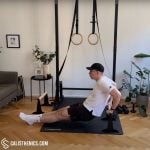
Tips
-
Keep your chest lifted and shoulder blades squeezed back.
-
Move slowly and with control, especially during the lowering phase.
-
Stop when your upper arms are parallel to the ground—deeper is not better.
-
Try squeezing your triceps at the top of each rep for a stronger contraction.
-
Warm up the shoulders and triceps before performing high-rep or weighted variations.
-
Place a weight plate or dumbbell on your lap for added challenge (advanced).
HIIT Core Finisher AMRAP
Format: 10-minute AMRAP
-
5 Burpees
-
30 sec Elbow Plank
→ Max quality rounds in 10 minutes
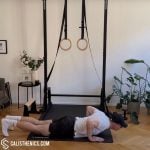
Muscle groups:
Tips
-
Keep your core tight during the plank and push-up to protect your back.
-
Land softly with bent knees to absorb shock during the jump.
-
Exhale during the jump to maintain rhythm and breathing control.
-
Warm up your wrists and shoulders—burpees place repeated impact on them.
-
Set a tempo or use a timer to pace your reps and avoid burnout too early.
-
Scale volume appropriately—burpees are deceptively demanding and fatigue builds fast.

Tips
-
Straight Body Line: Ensure your body forms a straight line from your head to your heels. Avoid raising or lowering your hips too much, as this can compromise form.
-
Core Engagement: Keep your core muscles tight throughout the entire exercise. This helps stabilize your spine and prevents your hips from sagging or arching.
-
Elbow Positioning: Your elbows should be directly under your shoulders, creating a strong base of support. This will also help engage your shoulders and reduce strain.
-
Steady Breathing: Focus on controlled, deep breaths. Inhale through your nose and exhale through your mouth, which helps stabilize your core and manage endurance.
-
Avoid Tension in the Neck: Keep your neck neutral by looking down at the floor to prevent any tension or strain in the neck.


